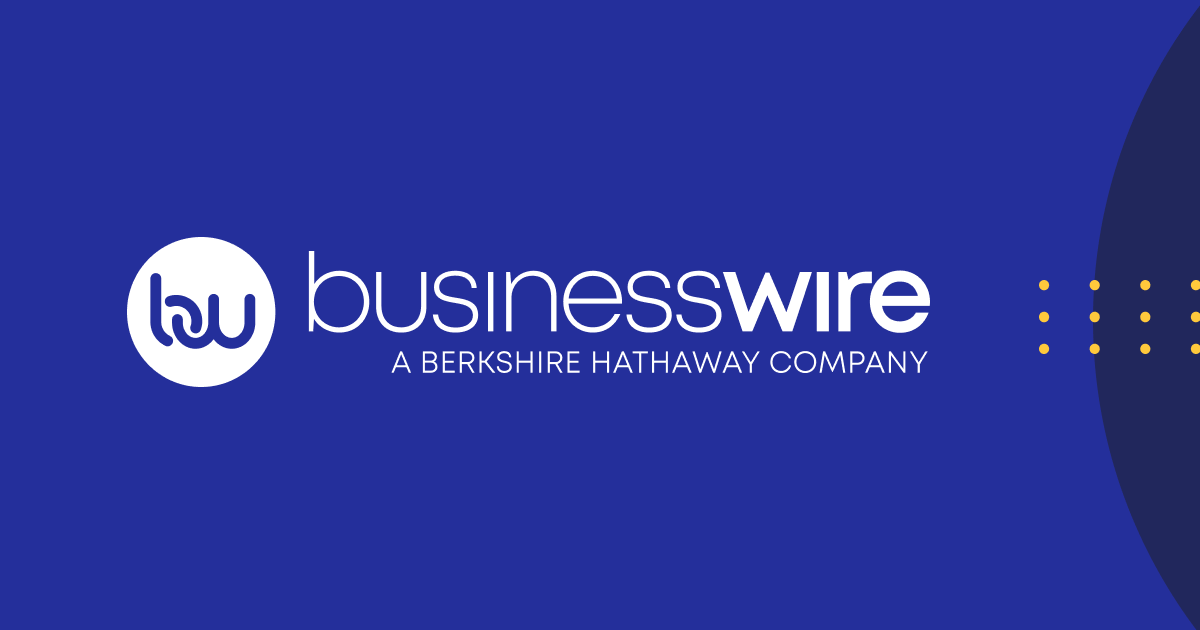
BLND
Blend Labs, Inc.
$3.16
0.03
(0.96%)
| Exchange: | |
| Market Cap: | 809.338M |
| Shares Outstanding: | 219.594M |
About The Company
| Sector: | Technology | |||||
| Industry: | Software – Application | |||||
| CEO: | Nima Ghamsari | |||||
| Full Time Employees: | 540 | |||||
| Address: |
|
|||||
| Website: | https://blend.com |
Blend Labs, Inc. provides cloud-based software platform solutions for financial services firms in the United States. It operates in two segments, Blend Platform and Title365. The company offers a suite of white-label products for mortgages, home equity loans and lines of credit, vehicle loans, personal loans, credit cards, and deposit accounts. It also provides a suite of mortgage products that facilitates homeownership journey for consumers comprising close, income verification for mortgage, homeowners insurance, and realty. In addition, the company offers title search procedures for title insurance policies, escrow, and other closing and settlement services, as well as other trustee services; and professional and consulting services. It serves banks, credit unions, financial technology companies, and non-bank mortgage lenders. Blend Labs, Inc. was incorporated in 2012 and is headquartered in San Francisco, California.
Click to read more…
Revenue Segmentation
EPS
Earnings Call
Income Statement
(* All numbers are in thousands)
Balance Sheet
(* All numbers are in thousands)
Cash Flow Statement
(* All numbers are in thousands)
Analyst Estimates
(* All numbers are in thousands)





